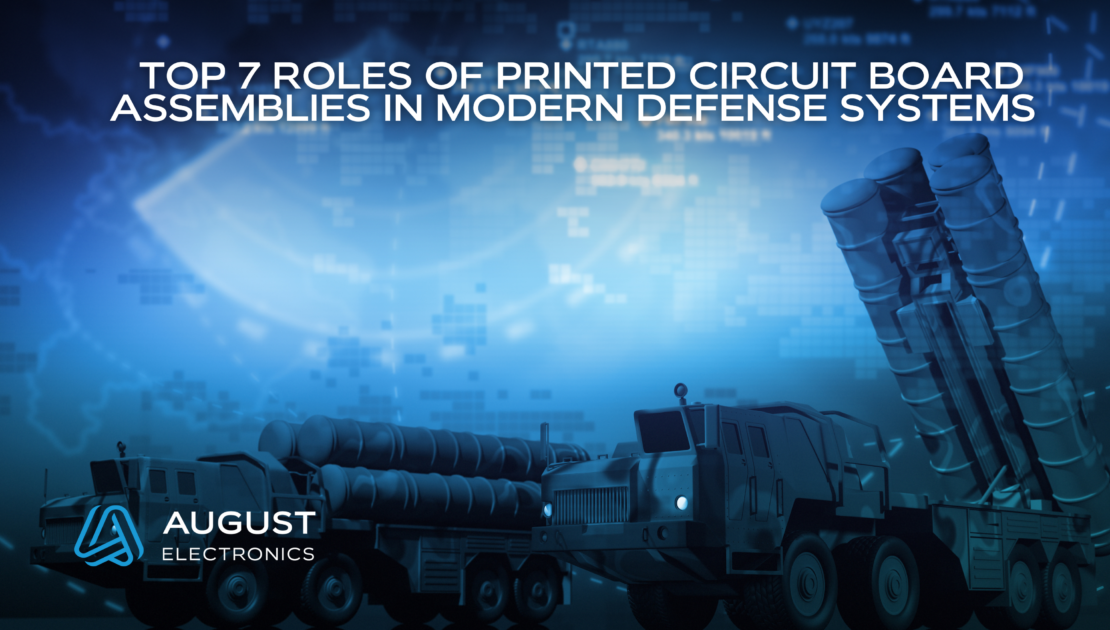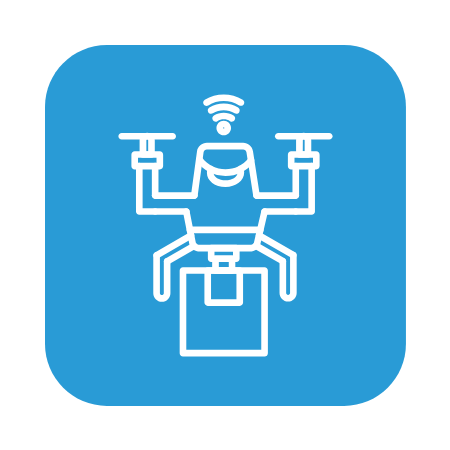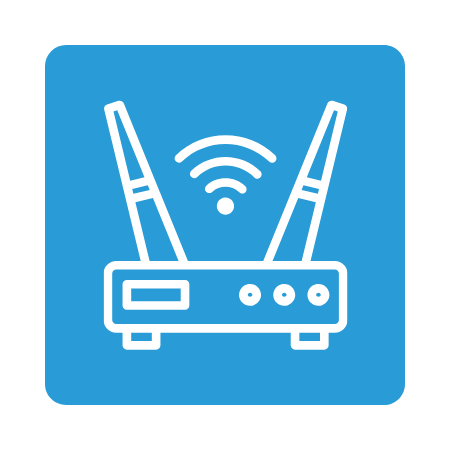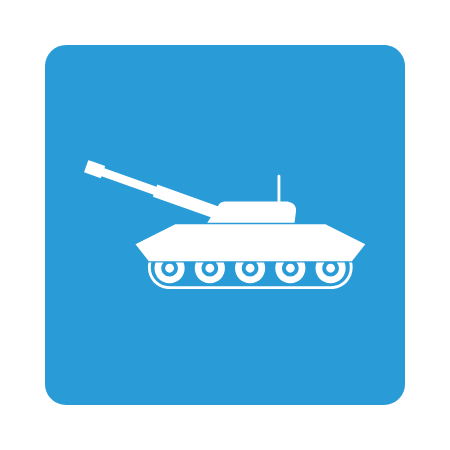Top 7 Roles of Printed Circuit Board Assemblies in Modern Defense Systems

Printed Circuit Board Assemblies (PCBAs): The Backbone of Modern Defense Systems
Printed Circuit Board Assemblies in Defense are the cornerstone of modern military technology, acting as the backbone for advanced electronics powering military system.. These essential components integrate complex electronic functions into compact, rugged designs, enabling technologies like unmanned aerial vehicles (UAVs), secure communications systems, and precision-guided weapons.
In the highly regulated defense industry, assembling PCBAs requires not only technical expertise but also strict adherence to quality and security standards. Companies such as August Electronics, certified under Controlled Goods (Canada) and the Joint Certification Program (USA), specialize in manufacturing high-performance PCBAs tailored for military applications. While we provide top-tier manufacturing services, it is important to note that August Electronics does not provide any design services. Our manufacturing expertise ensures critical systems operate seamlessly, even under the harshest conditions.
The Structure and Importance of Printed Circuit Board Assemblies in Defense Technology
At their core, PCBAs combine printed circuit boards with mounted electronic components to form fully assembled units. These assemblies act as platforms for integrating complex electronic functionalities while maintaining a compact, lightweight, and robust form factor.
In defense applications, PCBAs may face extreme challenges, including exposure to high temperatures, vibration, electromagnetic interference (EMI), and environmental stresses such as humidity and corrosive agents. The durability and reliability of PCBs make them indispensable in military technology, where system failures could have critical consequences. Defense-grade circuit boards are specifically designed to meet these rigorous demands, allowing them to power cutting-edge systems with precision and consistency.
Applications of Printed Circuit Board Assemblies in Defense Systems
The versatility of PCBAs makes them central to many defense applications. From drones to cybersecurity systems, their role is pivotal in ensuring operational success.
UAVs: Revolutionizing Aerial Operations

Unmanned Aerial Vehicles (UAVs), commonly known as drones, are transforming the landscape of modern warfare and surveillance. These sophisticated machines depend heavily on PCBAs for their intricate electronic systems. Navigation systems in UAVs, for instance, utilize PCBAs to support GPS modules and inertial measurement units, enabling precise positioning and movement. Similarly, flight control systems rely on PCBAs to process data from sensors, maintaining stability and responsiveness during missions.
Payload systems, which often include high-definition cameras and thermal imaging devices, are also powered by advanced PCBAs, facilitating reconnaissance and intelligence gathering. Moreover, secure communication links between UAVs and remote operators depend on PCBA assemblies that integrate radio frequency (RF) and microwave technologies. The compact and lightweight nature of defense-grade PCBAs ensures that drones remain efficient and functional even in challenging environments.
Strengthening Communication Systems

Secure and robust communication networks are a cornerstone of modern military operations. PCBAs enable the integration of technologies essential for transmitting data and maintaining connectivity in the field. In radio and satellite communications, PCBAs are used to incorporate RF circuits, allowing long-range and reliable transmission.
Encryption devices that secure sensitive military data also rely on PCBAs for their processing hardware. Additionally, networking equipment such as field routers and switches use PCBAs to create communication hubs for coordinating personnel and resources. Defense PCBAs often feature multiple layers with EMI shielding, ensuring uninterrupted signal clarity in even the most electronically noisy environments.
Enhancing Precision in Weaponry

Modern weapons systems have evolved to include advanced electronics that enhance functionality and accuracy. Smart munitions, such as guided missiles, are an excellent example of how PCBAs in defense technology support real-time adjustments during flight. These assemblies handle the data processing and control systems needed for precision targeting.
Similarly, PCBAs are critical in the development of enhanced small arms, including rifles equipped with digital scopes and laser range finders. Even portable explosive devices, designed for remote or timed detonation, are built around compact and durable PCBA assemblies. The assemblies used in weaponry are manufactured to operate under extreme conditions, including rapid acceleration, high impacts, and significant thermal fluctuations.
Radar and Surveillance Systems

Radar systems, vital for monitoring airspace, tracking objects, and detecting threats, depend on PCBAs to handle high-frequency signal processing and power amplification. These functions ensure that radar systems can provide accurate and timely data for decision-making in military operations.
Portable radar devices, increasingly used in field operations, benefit from miniaturized PCBA designs that enhance portability without sacrificing performance. Similarly, surveillance systems equipped with thermal imaging and motion detection sensors rely on PCBAs for processing and transmitting real-time data. The reliability of these systems is directly tied to the quality of the PCBAs used.
Electronic Warfare: The Invisible Battlefield

Electronic warfare (EW) represents one of the most technologically advanced areas of defense, focusing on the use of electromagnetic energy to disrupt, intercept, or manipulate enemy systems. PCBAs are at the heart of many EW technologies, including signal jammers, which generate high-powered disruptive signals to neutralize enemy communications.
Additionally, signal intelligence systems, used to intercept and analyze enemy transmissions, are powered by PCBAs that support high-speed processing. Anti-jamming equipment also depends on these assemblies to maintain operational integrity in environments saturated with electromagnetic interference. The complexity and precision required for EW systems highlight the importance of specialized PCBA manufacturing.
Military Vehicles: Advanced Electronics on the Move

The role of PCBAs extends beyond handheld or portable systems to large-scale platforms like military vehicles. Whether it’s tanks, aircraft, or naval ships, these vehicles integrate PCBAs into navigation systems, weapons control, and environmental monitoring systems.
For instance, GPS modules and autonomous driving technologies in vehicles are supported by PCBAs that manage data processing and connectivity. Fire control systems for onboard weapons also rely on robust assemblies. Sensors used for detecting chemical or biological threats are powered by durable and reliable PCBAs. These assemblies are designed to withstand the vibration, moisture, and temperature fluctuations typical of military vehicle operations.
Cybersecurity Hardware

In an era where cyber threats pose a significant risk to defense systems, hardware-based cybersecurity has become a priority. PCBAs play a central role in developing devices such as data encryption units and tamper-proof hardware. These devices provide a hardware root of trust, securing the boot processes of critical systems and the integrity of military operations.
Firewalls and intrusion detection systems built on secure PCBA platforms offer additional layers of protection, making military networks more resilient against cyberattacks. The importance of PCBAs in this domain underscores their role in safeguarding sensitive information and maintaining operational readiness.
Challenges and Future Trends in Defense PCBA Technology
Defense-grade PCBAs face challenges such as balancing miniaturization with durability and managing heat generated by high-power components. Design engineers must also ensure signal integrity in high-frequency circuits and meet strict compliance standards.
Future advancements are shaping the next generation of defense PCBs:
- 3D printing technology is cutting production costs and speeding up development cycles.
- Flexible and rigid-flex PCBAs are opening doors for wearable technologies and compact systems.
- AI integration in PCBAs is enabling autonomous capabilities in drones and robotics.
- Advanced materials like ceramic and polyimide improve performance under extreme conditions.
Conclusion
At August Electronics, we take pride in being at the forefront of defense technology by delivering high-performance PCBAs that power the innovations critical to national security. From UAVs and radar systems to secure communication networks and cybersecurity hardware, our PCBAs play a pivotal role in ensuring precision, reliability, and resilience in the most demanding military applications.
By adhering to the strictest industry standards and leveraging cutting-edge manufacturing processes, we ensure our solutions meet the rigorous demands of modern defense systems. As technology continues to advance, August Electronics remains committed to driving innovation and supporting the defense sector with PCBAs that enable unparalleled operational effectiveness and readiness for the future.
